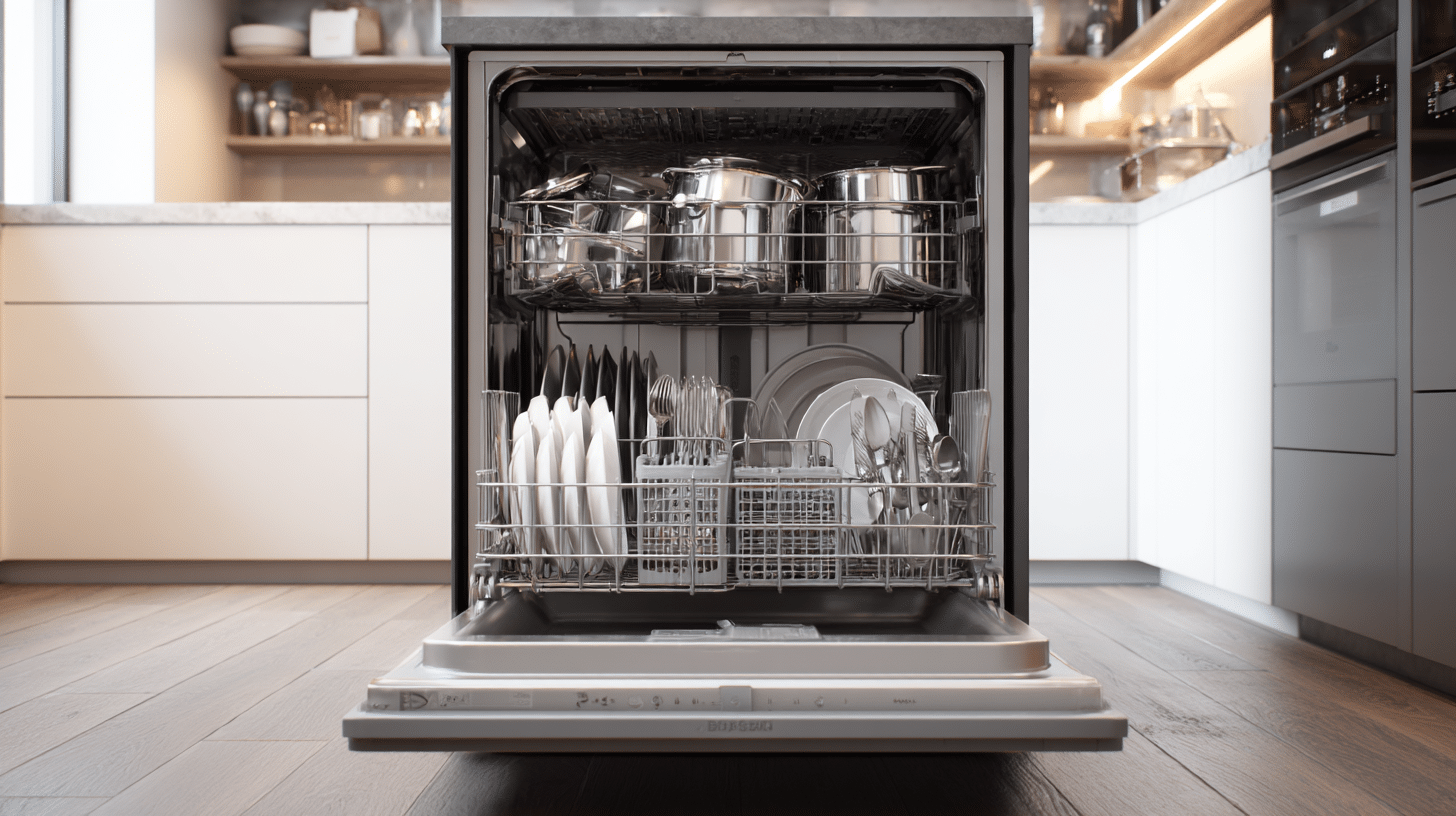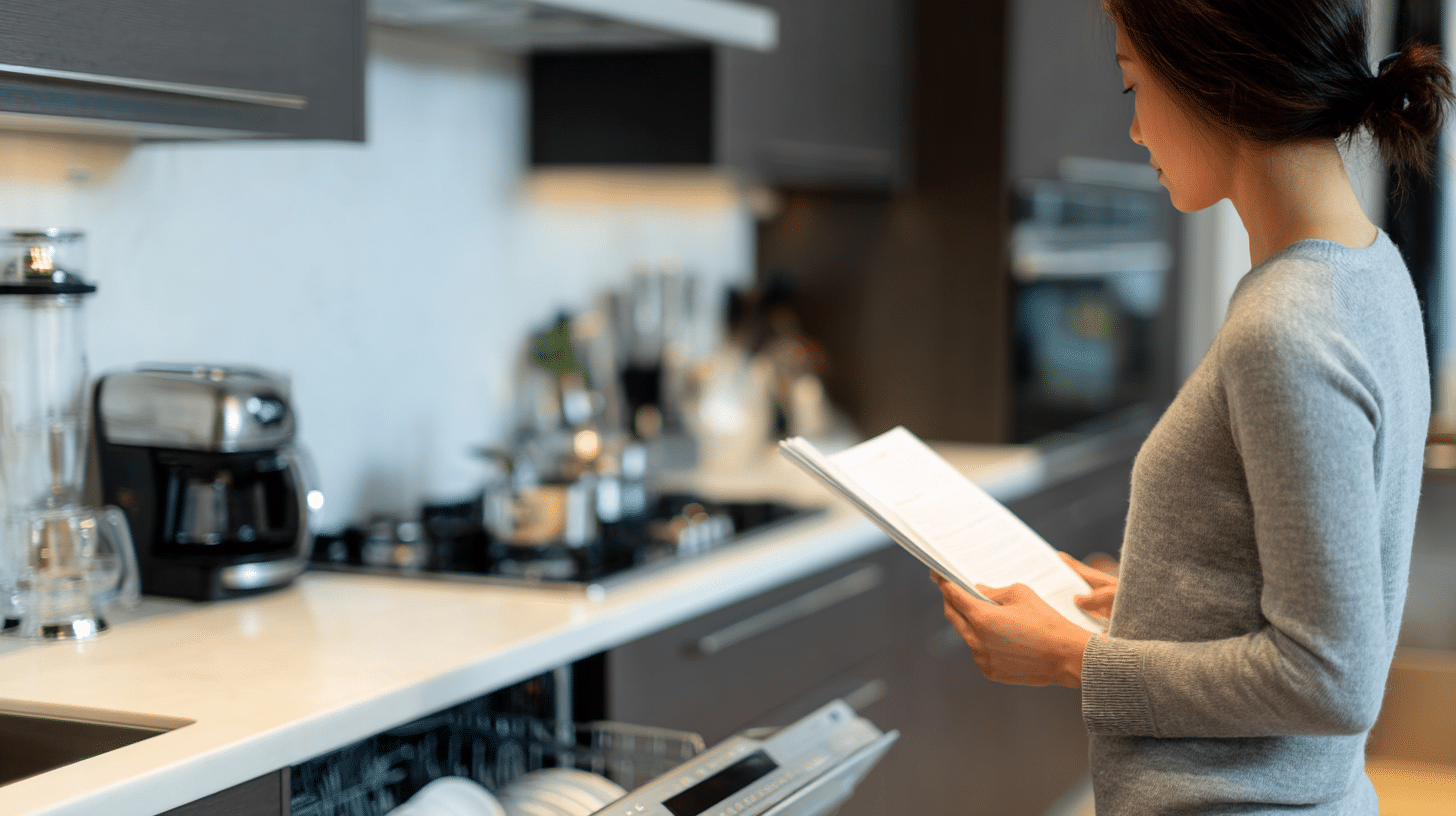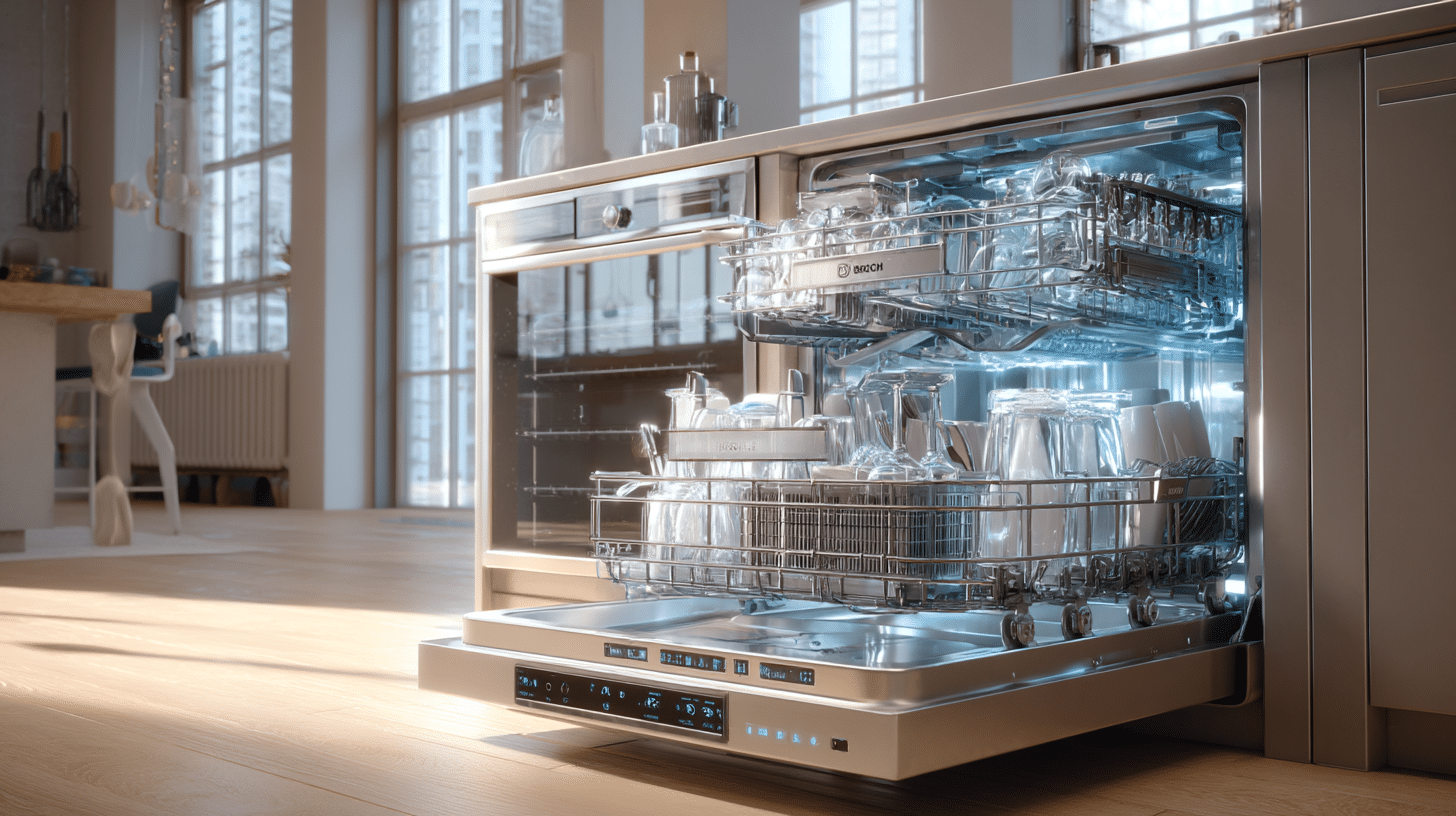If you’re dealing with a dishwasher not draining completely, you’re likely facing a frustrating situation. Standing water at the bottom of your dishwasher can lead to odor and unsanitary conditions. Understanding how to troubleshoot the issue effectively can save you from costly repairs or purchasing a new unit. Let’s explore some practical solutions to get the water out when your dishwasher is not draining completely.

What are the common reasons why a dishwasher is not draining completely?
Is there a clogged filter in your dishwasher?
A clogged filter is a frequent culprit when it comes to dishwashers not draining completely. Over time, food particles, grease, and other debris can accumulate in the filter, causing restrictions in water flow. Regular cleaning of the dishwasher filter is essential to ensure it operates smoothly.
To locate the filter, open the dishwasher and look for a cylindrical or round cover at the bottom. Twist or lift it to remove and inspect for any food build-up. Gently rinse it under running water to clean. Keeping the filter clean can significantly reduce the chances of drainage issues.
Is a drain hose blockage preventing water from emptying?
The drain hose plays a crucial role in expelling water from your dishwasher. If there’s a blockage in the drain hose, you’ll notice water not emptying correctly. Sometimes, food debris can build up, or the hose can become kinked, obstructing the flow.
To inspect the drain hose, disconnect it from both ends and look for any visible clogs. You may also want to run water through the hose to see if it flows freely. If it doesn’t, consider using a long pipe cleaner or a similar tool to clear any blockage. Ensuring the drain hose is free of kinks or compressions is critical for smooth drainage.
Could there be a drain pump issue you need to fix?
If both the filter and hose are clear, the next step is to check the drain pump. A malfunctioning drain pump can prevent your dishwasher from emptying the water properly. Signs of a drain pump issue include strange noises during the wash cycle or failure to drain altogether.
To check the drain pump, first, unplug the dishwasher, then remove the bottom spray arm and filter. Look for the drain pump, often located at the bottom of the machine. If it appears blocked, clean it out. If it’s damaged, you may need to replace the pump, which can be a straightforward DIY dishwasher repair.

How can you handle standing water in your dishwasher?
What steps do you take to remove standing water?
If you find yourself staring at a pool of standing water, it’s time to act. Start by manually removing the water. You can use a cup or small bowl to scoop out the water. If there’s a significant amount, a wet/dry vacuum is another excellent option for quickly getting rid of the standing water.
After removing the standing water, begin troubleshooting the underlying causes of your dishwasher not draining completely. Follow the above tips to check for issues like a clogged filter or blocked drain hose. Once the underlying problem is resolved, you may find drainage improves significantly.
Is using a sponge effective for removing standing water?
A sturdy sponge can help in mopping up residual water once the majority has been removed. Simply go in with a sponge and soak up any remaining moisture you see. This method can be particularly effective for any leftover water that clings to surfaces or corners.
After sponging up the standing water, ensure to dry the area thoroughly to avoid irritating mold or mildew growth. Ensuring your dishwasher environment is dry is vital for the longevity of your appliance and your kitchen air quality.

What to check if your dishwasher has issues during operation?
Should you inspect the air gap for potential clogs?
The air gap is an essential component of your dishwasher that prevents dirty water from returning to your clean dishes. If you have an air gap, it might be worth checking if it’s clogged, contributing to the reason your dishwasher is not draining completely. It normally sits on your kitchen countertop and is designed to allow air into the drain to prevent siphoning.
To inspect the air gap, look for any debris or blockages at the top. You can remove the cap and clean it out to ensure there’s no obstruction. After cleaning, run a cycle to see if it resolves the drainage problem.
Should you check the garbage disposal connection?
If your dishwasher is connected to your garbage disposal, ensure that the connection is working properly. Sometimes, if the disposal is clogged, it can lead to drainage issues as well. Ensure the disposal is clear and running smoothly, as it could be the reason your dishwasher isn’t able to drain completely.
Check the drain paths and remove any debris from both the dishwasher and the disposal side. Once you’ve confirmed that everything is functional, run a cycle to see if the water is draining effectively now.

What simple repair tips can help if your dishwasher is not draining completely?
Could regular maintenance prevent drainage issues?
Regular maintenance is key to preventing your dishwasher from experiencing drainage issues. Commit to frequently checking and cleaning the filter, inspecting the drain hose, and monitoring the air gap. A proactive approach can save you a headache down the line!
Consider creating a cleaning schedule that aligns with your dishwasher usage. Simple tasks, such as running a hot water cycle with vinegar or using dishwasher cleaner, can ensure your appliance operates efficiently over time.
Are there any drain-related troubleshooting resources available?
If you’re still having trouble, don’t hesitate to look for other resources. The user manual can be a goldmine of troubleshooting techniques specifically tailored to your model. Additionally, online forums and videos provide various DIY tips from other homeowners who have tackled similar drainage issues successfully.
Brands such as Bosch or Whirlpool often have dedicated online support pages. You might find guides or videos that outline common fixes and how to maintain your dishwasher effectively.
| Issue | Solution |
|---|---|
| Clogged filter | Remove and clean the filter regularly |
| Drain hose blockage | Inspect and clear the drain hose |
| Drain pump issue | Check and replace if malfunctioning |
| Standing water | Manually remove and troubleshoot |
| Air gap blockage | Inspect and clear the air gap |
| Garbage disposal connection issue | Ensure the disposal is clear and functional |
By keeping these tips in mind, you can effectively address the problem of a dishwasher not draining completely. Taking action as soon as issues arise can save you time, money, and hassle in the long run. Happy dishwashing!


